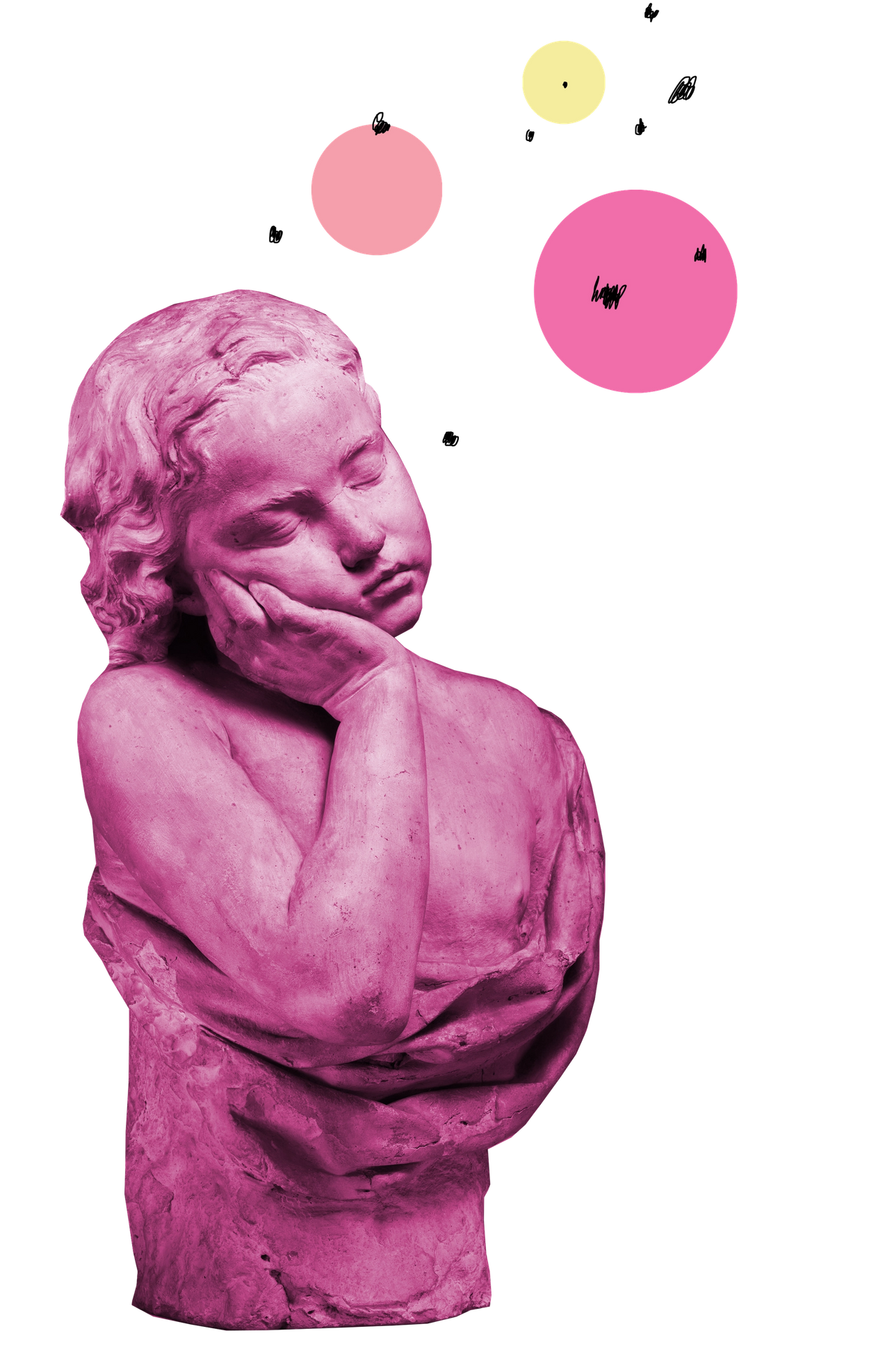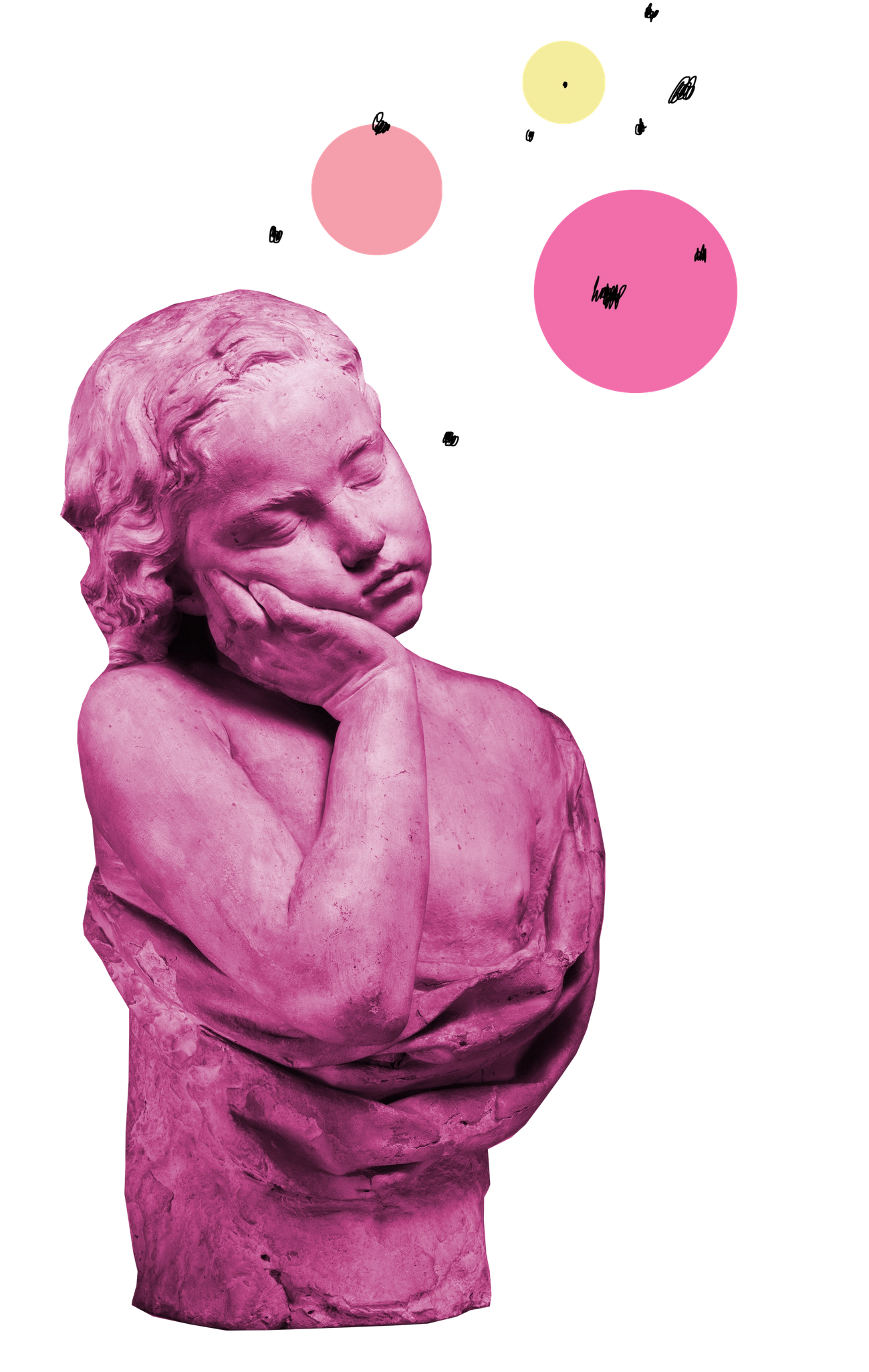Dreams of Fields
What the Talmud teaches us about nightly visions and the perils of interpretation




We have given equal attention, in the interpretation of dreams, to every nuance of verbal expression found in them; indeed, whenever we are confronted by a senseless or insufficient wording, as though we had failed to translate the dream into the proper version, we have respected even these defects of expression. In brief, what other writers have regarded as arbitrary improvisations, concocted hastily to avoid confusion, we have treated like a sacred text.—Sigmund Freud, The Interpretation of Dreams
While some psychotherapists still pay attention to dream interpretation, most of us ignore our nighttime surreal imaginings as mere debris of daytime anxieties hardly worth our attention. For ancients, however, dreams could reveal supernatural insight or portend ominous disaster. The power of dreams in popular belief spurred an industry of professional dream interpreters, some of whom wrote how-to handbooks for their practice. The rabbis, too, composed their own extensive dreambook near the end of Bavli Berakhot that encodes unique insight into the rabbinic worldview.
The Talmud includes divergent voices regarding the significance of dreams, some passing them off as empty worries, others as prophetic, and most intriguingly, some saying that a dream’s fulfillment depends on its interpretation. Let us cite one example for each view. The first dismisses dreams as merely a regurgitation of one’s daytime thoughts:
The Emperor of Rome said to Rabbi Joshua ben Rabbi Hananiah: “You Jews profess to be very clever. Tell me what I shall see in my dream.” He said to him: “You will see the Persians capture you, enslave you, and force you to herd unclean animals with a golden staff.” He thought about it all day, and in the night he saw it in his dream.
While it doesn’t take such a genius to figure out the latent anxieties behind this particular dream, Freud built on this idea and recognized the deeper value of dreams as a window into the subconscious. However, most of the talmudic rabbis, like most ancients, considered dreams to be a glimpse into the supernatural: “A dream is a sixtieth of prophecy.” In this spirit, the Talmud lists an extensive dictionary of dream symbols and their meanings including, for example, seeing fields of grain:
Rabbi Ḥiyya bar Abba said: One who sees wheat in a dream has seen peace, as Scripture states: “He makes your borders peace; He gives you in plenty the fat of wheat” (Psalms 147:14). One who sees barley [se’orim] in a dream has received a sign that his iniquities are taken away, as Scripture states: “And your iniquity is taken away [vesar avonekh], and your sin expiated” (Isaiah 6:7). Rabbi Zeira said: I did not ascend from Babylonia to Eretz Yisrael until I saw barley in my dream.
Fascinatingly, the rabbis look to the Bible as a cipher for dream symbols. If the words peace and wheat are juxtaposed in a verse, then seeing a wheat field indicates abundant peace. Precisely because dreams derive from prophetic channels, they share the same semiotic space as Scripture.
Somewhere between these two poles of dreams as leftover anxiety from the day versus divine oracles, lies a third most surprising and powerful approach, that the fulfillment of a dream depends on its interpretation, as the Talmud relates:
When Samuel had a bad dream, he used to say, “Dreams speak falsely” (Zechariah 10:2). When he had a good dream, he used to say, “Do dreams speak falsely?” seeing that it is written, “I do speak with him in a dream” (Numbers 12:6)!
Samuel would pick and choose between the opposite approaches above, considering bad dreams as nonsense and good dreams as prophetic. If this is not simply a joke to poke fun at those who take dreams seriously at all, then it may have roots in a tradition told by a certain elder:
There were 24 interpreters of dreams in Jerusalem. Once I dreamt a dream and I went around to all of them and they all gave different interpretations, and all were fulfilled, thus confirming that which is said: “All dreams follow the mouth.”
A dream is like a quantum particle in superposition that retains the potential to exist in multiple states at once until it is tested. The final predictive power of the dream depends on its interpretation—even if the very same dream is explained in multiple directions! The saying, “All dreams follow the mouth,” becomes the punchline of the next extended story about Bar Hedya, the professional dream interpreter:
Bar Hedya was an interpreter of dreams. To one who paid him he used to give a favorable interpretation and to one who did not pay him he gave an unfavorable interpretation. Abaye and Rava each had a dream. Abaye gave him a zuz, and Rava did not give him anything …
They said to him [Bar Hedaya]: We had to read in our dream the verse, “You shall beget sons and daughters but they shall not be yours for they shall go into captivity” (Deuteronomy 28:41). To Rava, he interpreted it in its literal unfavorable sense. To Abaye he said: You have numerous sons and daughters, and your daughters will be married and go away, and it will seem to you as if they have gone into captivity …
They said to him: They read to us the verse: “All the peoples of the earth shall see that the name of the Lord is called upon you” (Deuteronomy 28:10). To Abaye he said: Your name will become famous as head of the yeshiva, and you will be feared by all. To Rava he said: The king’s treasury will be broken into, and you will be arrested as a thief, and everyone will draw an inference from you. The next day the king’s treasury was broken into and they came and arrested Rava.
They said to him: We saw a lettuce on the mouth of a jar. To Abaye he said: Your business will be doubled like lettuce. To Rava he said: Your business will be bitter like lettuce.
This pattern continues for a while until Rava alone visits Bar Hedya and decides to pay:
Finally, Rava went and paid him a fee. He said to him: I saw my wall fall down. He replied: You will acquire wealth without end. He said: I dreamt that Abaye’s house fell in and its dust covered me. He replied to him: Abaye will die and you will become the head of the yeshiva. He said to him: I saw my own house fall in and everyone came and took a brick. He said to him: Your teachings will be disseminated throughout the world. He said to him: I dreamt that my head was split open and my brains fell out. He replied: The stuffing will fall out of your pillow. He said to him: In my dream I was made to read the Hallel of Egypt. He replied: Miracles will happen to you.
Bar Hedya was once travelling with Rava in a boat. He said to himself: Why should I accompany a man to whom a miracle will happen? [The boat may sink and only Rava will be saved by a miracle.] As he was disembarking, a book fell from him. Rava found it, and saw written in it: All dreams follow the mouth. He exclaimed: Wretch! It all depended on you and you gave me all this pain!
The examples reveal how Bar Hedya can turn a positive sounding dream to a nightmare when he doesn’t get paid and how he can turn the scariest scene into a blessing for just the price of one coin. Rava ends up cursing Bar Hedya for all of his negative interpretations that caused so much suffering. The Romans subsequently arrested Bar Hedya and sentenced him to a brutal but appropriate death by having his body split into two.
One moral of this story is to keep away from professional dream interpreters who take advantage of their talent and of people’s anxieties for financial gain. Instead, worried dreamers should consult the rabbis who will be sure to interpret dreams positively and cheer up the dreamer with an optimistic prayer. Interestingly, several of the interpretations cited in the Talmud find parallels in the writings of Artemidorus, the famous second-century Greek diviner. However, the dictionary of rabbinic symbols is nearly always positive while the Greek sources present a mixed bag.
But the rabbis do not simply reject the entire art of oneiromancy. They indicate that there is some truth in dreams and that is why it is so essential to find a trustworthy interpreter. Furthermore, the rabbis interpret dreams through Scripture and, in turn, interpret Scripture though methods of dream interpretation. For example, the method of counting the numerical value of a word called gematria (itself a Greek word) is a feature of both Greek dream interpretation and rabbinic Midrash (biblical interpretation). One midrashic teaching explicitly compares the two realms:
Behold it says, “A dream carries much implication” (Ecclesiastes 5:2). Now by using the method of kal vahomer we reason: If the contents of dreams which have no effect may yield a multitude of interpretations, how much more then should the important contents of the Torah imply many interpretations in every verse.
To appreciate the significance of this statement, we should remember that argumentation over legal and philosophic issues plagued the Jewish people during the Second Temple period when sectarian infighting prompted the Romans to take control and destroy Jerusalem. The rabbis developed a system of greater tolerance for diversity of viewpoints, which they justified by teaching that even opposing interpretations of Scripture can both be valid: “These and those are the words of the living God.” While this sounds counterintuitive and illogical to anyone trained in Aristotelean syllogisms, the rabbis could gain inspiration from the well-developed world of dream interpretation for their inventive and multivocalic approach to biblical exegesis.
In sum, the rabbis at once rejected the malpractice of professional Greek dream interpreters and at the same time appropriated their methodologies for the holier work of understanding Scripture. In both efforts, they strove to lead their devotees away from magical self-serving diviners toward peaceful and productive legal discussions about how best to enact God’s will as expressed in Scripture. Methods of dream interpretation, including symbolism, metaphors, word play, and polysemy provided the rabbis with the tools necessary to at once remain connected to the Bible and to also have the freedom to apply it to their changing times and varied perspectives. The Bible can remain alive and relevant because its meaning, like that of dreams, is all a matter of interpretation.
Rabbi Dr. Richard Hidary is a professor of Judaic Studies at Yeshiva University, a rabbi at Sephardic Synagogue, and a faculty member for the Wexner Heritage Program. He was recently a Starr fellow at Harvard University’s Center for Jewish Studies and a Clal - LEAP fellow at the Katz Center for Advanced Jewish Studies, University of Pennsylvania. He is the author of Dispute for the Sake of Heaven: Legal Pluralism in the Talmud (Brown University Press, 2010) and Rabbis and Classical Rhetoric: Sophistic Education and Oratory in the Talmud and Midrash (Cambridge University Press, 2018). He is currently writing a new translation and commentary on tractate Sanhedrin and recording daf yomi classes (available on YouTube). He also runs the websites teachtorah.org, pizmonim.org, and rabbinics.org.